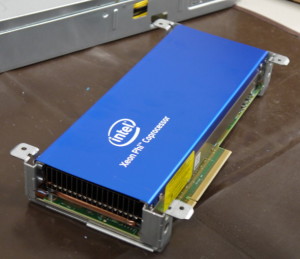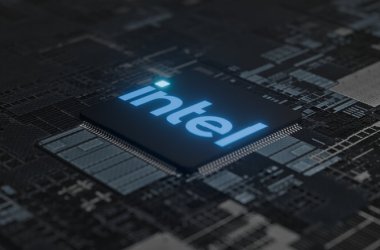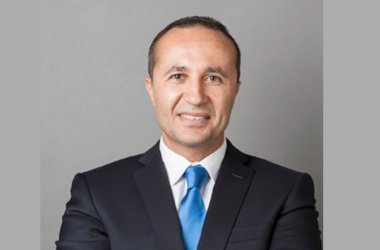 Intel hopes to take hardware performance to the next level with its latest Xeon Phi supercomputing chip, which packs an array of new hardware technologies that could eventually find their way to laptops and desktops.
Intel hopes to take hardware performance to the next level with its latest Xeon Phi supercomputing chip, which packs an array of new hardware technologies that could eventually find their way to laptops and desktops.
The new Xeon Phi chip, also called Knights Landing, is Intel’s largest and also most powerful chip package to date. It can deliver over 3 teraflops of peak performance, which is in the range of high-performance graphics chip used to crunch complex maths calculations in the world’s fastest computers.
The chip, which will be in supercomputers starting in the second half of next year, was detailed at the International Supercomputing Conference this week in Leipzig, Germany. Knights Landing includes a new form of stacked memory that could ultimately displace conventional DDR memory used in PCs and servers today. Also in the chip is new ‘fabric’ technology called OmniScale for faster internal and external data transfers.
When combined, the new technologies offer potent performance gains that resolves scaling issues as chips get smaller. The new chip is almost three times faster than its predecessor, called Knights Corner, which has up to 61 cores and can deliver peak performance of up to 1.2 teraflops.
“We are bringing technologies to market that are powerful in their capabilities and can be harnessed for real use,” said Rajeeb Hazra, Vice President, Data Center Group, Intel.
The first supercomputer to use Knights Landing is Cori, which incorporates around 9,300 of the chips. It will be deployed by the National Energy Research Scientific Computing Center in Berkeley, California, in 2016. The system topology will be based on Cray’s interconnect, much like Titan, the world’s second fastest supercomputer deployed by the U.S. Department of Energy at the Oak Ridge National Laboratory in Tennessee.
Ultimately, technologies in Knights Landing could pave the way for greater performance in smaller servers, Hazra said. In a distributed computing environment, those servers will be faster in delivering cloud services, Hazra said.
At the centre of Knights Landing are processing cores based on the Silvermont architecture, which is being used in the latest Merrifield smartphone and Bay Trail tablet chips from the company. Knights Landing will be manufactured using Intel’s latest 14-nanometer process, which helps reduce the size, boost speed and improve overall power efficiency of the chip.
The number of cores on the chip were not revealed, but Hazra said it will contain more than its predecessors.
“We will provide a significant bump in performance and that will be through a number of cores and process technology,” Hazra said.
Intel has integrated a new form of stacked memory based on Micron’s Hybrid Memory Cube technology, which provides 15 times more bandwidth than DDR3 DRAM and five times more throughput than the emerging DDR4 memory. The new memory technology consumes three times less space and five times less power than DDR4, Hazra said.
Knights Landing has 16GB of the new memory type, which should be key in speeding up supercomputing applications, Hazra said. The modules on the board have stacked memory chips linked through a wire-like connection called Through Silicon Via (TSV), which brings performance advantages.
Embedded on the supercomputing chip is DDR4 memory, which can be used as cache or conventional system memory for less-demanding applications.
The new chip also offers a new interconnect called OmniScale, which is designed for high-performance computing, Hazra said. The ‘fabric’ will be a host interface for faster data transfers between processors, memory and other components.
Key details on the OmniScale interconnect were not revealed by Intel, but it will scale better than Infiniband technology, which Intel is already working to integrate on its chips. Hazra clarified that OmniScale was not Infiniband, but based on some other technology. Intel has made a number of acquisitions to build out its networking and on-chip connectivity technology, including networking hardware company Fulcrum Microsystems and interconnect technologies from Qlogic and Cray.
Intel hopes to bring OmniScale to its Xeon server chips next year, but isn’t stopping there, Hazra said. The company will also bring silicon photonics technology, which will boost data transfers between servers through the use of lights and lasers. Intel has already demonstrated thin fiber optics cables and a server connector called MXC.
Right now supercomputers use different chips like CPUs and graphics processors to speed up complex science and math calculations. With Knights Landing, Intel wants to bring everything on to a single chip package, which could boost performance while reducing power consumption, Hazra said.
“It obviates the need for a co-processor and accelerator,” Hazra said. “We are putting a very powerful choice on the table.”





